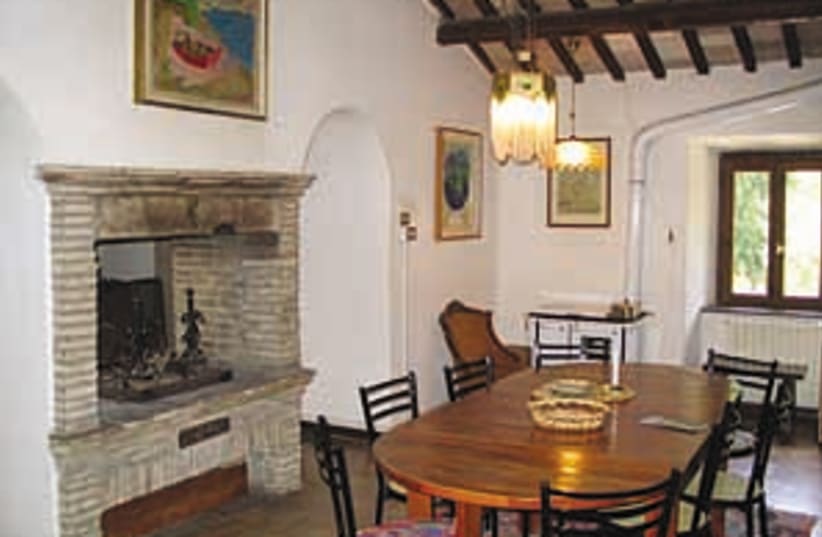| More about: | Province of Bolzano-Bozen, World War I, Tuscany, Rosario, Santa Fe |
Inge's hideaway
From a rustic haven tucked away in the countryside, you can visit the tourist spots and hidden villages of Italy


| More about: | Province of Bolzano-Bozen, World War I, Tuscany, Rosario, Santa Fe |